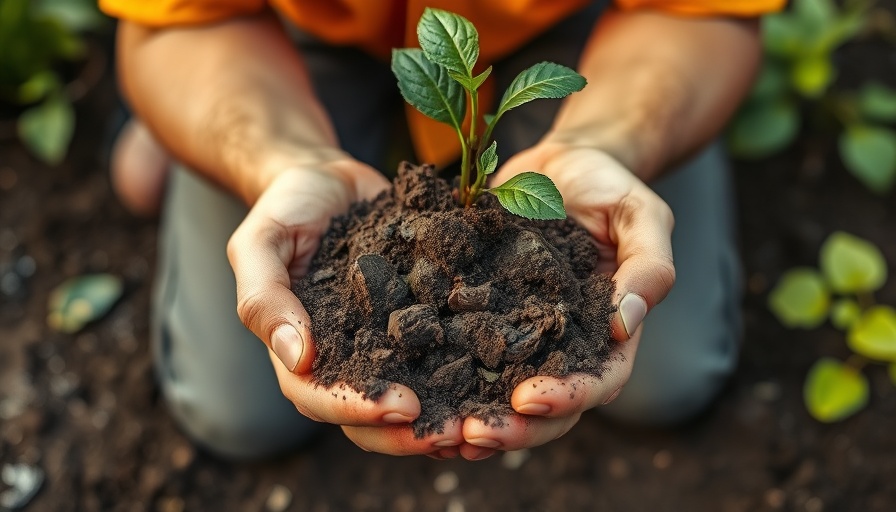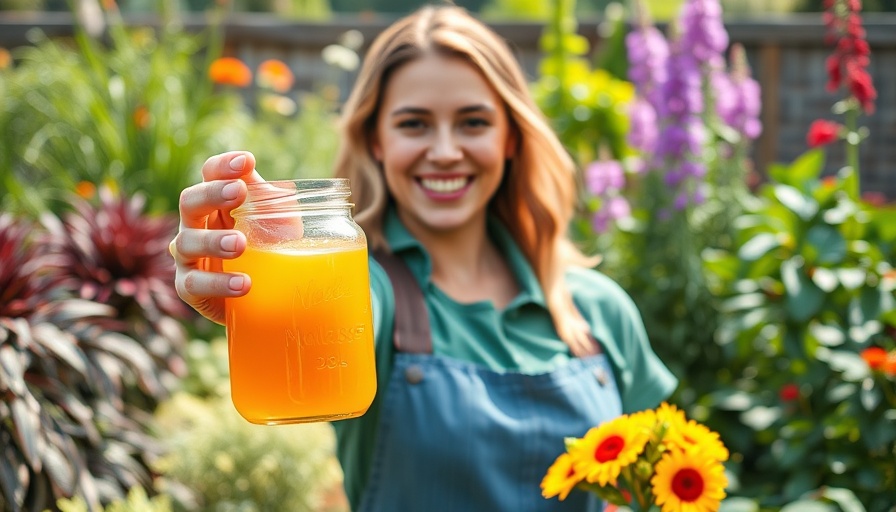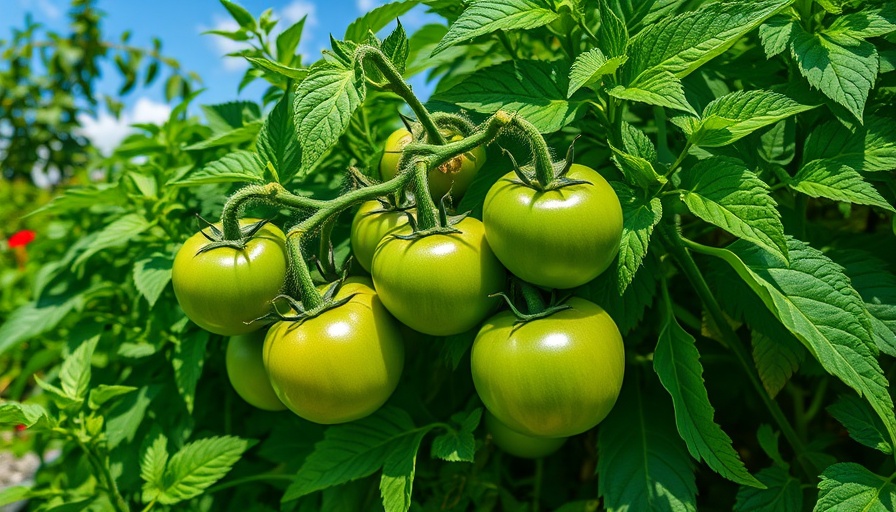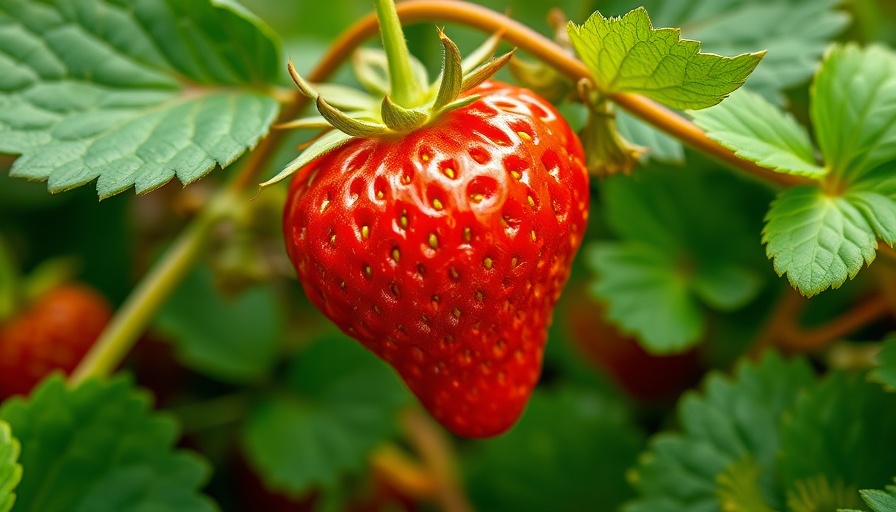
Unlocking Gardening Success: The Role of Soil Preparation
When attempting to cultivate a thriving garden, it’s easy to focus solely on selecting the right plants, seeds, and fertilizers. However, as seasoned gardeners will know, the condition of your soil is paramount. In the recent video, Every PRO Gardener Does This BEFORE Planting (But You Probably Don’t), soil scientist Ashley elaborates on crucial pre-planting steps that can dramatically impact your garden's success. Here’s a breakdown of these essential insights tailored for Okanagan gardeners eager to enhance their gardening game.
In Every PRO Gardener Does This BEFORE Planting (But You Probably Don’t), the discussion dives into crucial soil preparation techniques, exploring key insights that sparked deeper analysis on our end.
Understanding the Importance of Soil Temperature
One of the first tips Ashley shares is the removal of mulch in early spring. While mulch is beneficial in the summer for moisture retention, it can keep your soil too cool in the spring—a factor that is detrimental to seed germination. Research has shown that cooler soil can significantly affect root establishment, leading to rotting and poor overall plant health. Therefore, removing mulch helps your soil reach optimal temperatures early in the planting season, setting the stage for robust plant growth.
Fluffing Up Your Soil: A Simple Yet Effective Technique
Ashley also emphasizes the need for soil aeration prior to planting. This simple action, whether achieved through a pitchfork or a shovel, introduces oxygen into the soil, boosting microbial activity and nutrient availability. Such improvements directly lead to healthier root systems, essential for both seeds and transplants. As an Okanagan gardener, ensuring your soil is well-fluffed can facilitate better seed-to-soil contact, ultimately increasing germination rates.
Wet Before You Plant: The Science Behind Hydration
Another key point Ashley addresses is the importance of pre-watering your soil. Hydrophobic soil can significantly hinder a plant’s ability to take up water, which is crucial right before planting. Research indicates that some soils, particularly organic or soilless mediums, can take far longer to rehydrate, leading to delayed germination or even seed death. By watering your soil one to two days prior to planting, you can prevent these issues and promote optimal growth conditions.
Combatting Compaction: Ensuring Healthy Root Zones
Soil compaction is a common challenge that many gardeners face. Ashley recommends using a simple metal rod to test for compacted soil. If the rod can’t penetrate easily, you likely have issues that need addressing. Working to reduce compaction can lead to healthier plants and better yields. Every gardener must recognize that addressing these underlying soil issues can lead to a more productive gardening experience.
The Power of the Weed Seed Bank Flush
One of the more innovative techniques Ashley discusses is the weed seed bank flush. This process tricks stubborn weed seeds into germinating, allowing gardeners to disrupt and remove these seedlings before they establish roots. This proactive method can reduce weed populations significantly, allowing for cleaner planting areas. For Okanagan gardeners battling voracious weed species, this could be a game-changer.
The Bottom Line: Soil Preparation is Key
Ashley's tips highlight a crucial, yet often overlooked step in the gardening process: soil preparation. For those in the Okanagan keen on achieving gardening success, implementing these science-backed strategies will optimize your efforts and set your plants up for vitality and growth.
As Okanagan gardeners gear up for planting season, it’s essential to start with well-prepared soil. Don’t skimp on these foundational tasks—your plants will thank you for it! Consider using tools and knowledge to take your gardening skills to the next level.
Finally, keep in mind that knowledge is power! To make the most of your gardening journey, explore detailed insights, techniques, and strategies that can enhance your green thumb. Empower your gardening experience today!
 Add Row
Add Row  Add
Add 




Write A Comment